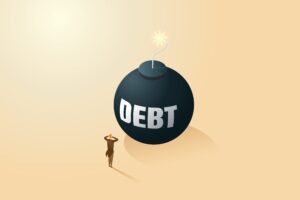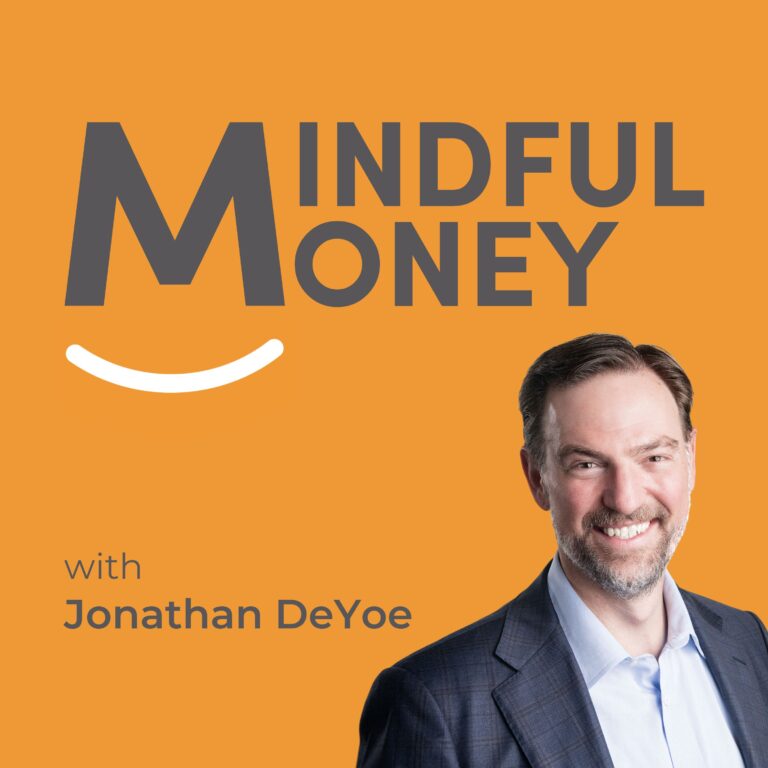Mortgage rates have fallen to historical lows (in the range of 2.0-3.0%), which has encouraged people to buy homes or refinance their current mortgages. A big decision-making point in doing so is whether to get a 15- or 30-year mortgage. We’d like to share a little bit of our thought process when it comes to making this important decision.
We’d like to first acknowledge that having a mortgage can be an emotional burden. Yet, not many people can buy a home without one. It is very important to be mindful of this before we get into the financial decisions we make in regards to mortgages.
The ideal financial solution, given the low interest rate environment, is to stretch out the loan as long as possible. This means getting a 30-year mortgage vs. a 15-year mortgage. Lenders will typically offer lower interest rates on the 15-year terms (sometimes 0.25-0.50% less), but the ability to stretch the loan out has many benefits.
A 30-year mortgage has a smaller monthly payment compared to a 15-year mortgage. This allows you the flexibility of using that excess capital as you please. It could be an extra cushion of cash so that you don’t have to feel the pressure of a missed payment, or it could help to bolster your emergency fund. A more important, and often overlooked, benefit is the opportunity cost you would not be giving up.
“Opportunity cost” is that which you give up by making a particular financial decision. When choosing a 15-year over a 30-year mortgage, you choose larger monthly payments and a quicker payoff, but you have access to less capital in the near term, and you lose out on low-interest capital on the latter 15 years of that 30-year mortgage.
It may be helpful to see an example of opportunity cost when comparing a 15- and 30-year mortgage. For purposes of this example, we’re going to assume you use the excess capital to invest in the stock market in a globally diversified portfolio.
So let’s take a look:
Assumptions: $500,000 loan
15 year mortgage: 2.5%, 15 year term, $3,333.95 monthly payment, $119,924.01 interest accrued
30 year mortgage: 3.0%, 30 year term, $2,108.02 monthly payment, $258,887.26 interest accrued
At first glance, the 15-year mortgage looks more attractive because of the lower interest rate, the lower interest accrued over the course of the loan, and the ability to finish paying the loan off in 15 years.
But let’s look at the opportunity cost. If you took the difference between the monthly payments, which is $1,225.93 ($3,333.95 minus $2,108.02), and invested it for the next 15 years, the opportunity cost is quite large.
End of year 1 – $14,772.41
End of year 5 – $73,862.03
End of year 15 – $221,586.10
*Return assumption is 5.0%.
You could potentially have an additional $220,000+ if you took that difference in payment and invested. When you factor in the opportunity cost, the net result is that you are giving up $82,622.85 (the difference in interest accrued plus the returns from your portfolio).
This highlights the opportunity cost you give up by paying off the loan faster vs. putting the capital towards more financially beneficial opportunities. You should not only look at accrued interests and rates that a mortgage broker will show you, but also factor in opportunity cost.
We’re not saying that you should definitely do a 30-year mortgage over a 15-year mortgage — we understand that the relief of paying your mortgage off sooner should be factored in. But it is important to recognize the opportunity cost, so that you can make an informed decision.
In the example above, you could ask yourself, “Is the happiness I may gain from paying my mortgage off 15 years sooner worth $82,000? You are empowered to make that decision for yourself. We just want to make sure you have all the information to do so.





